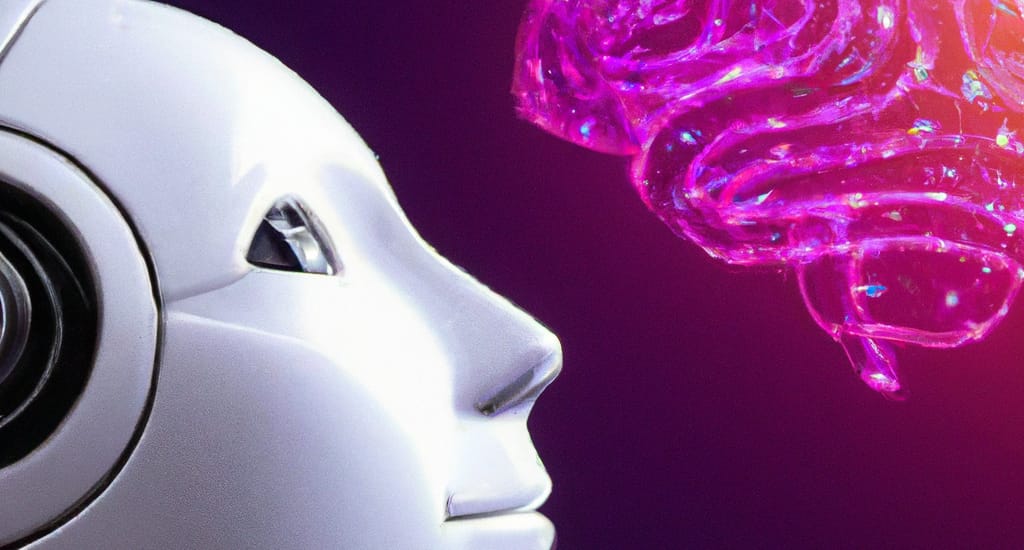AI for Non-Techies: Simplifying Concepts
- October 3, 2023
- Posted by: Carl Hakim
- Category: Tips & How-Tos

Artificial Intelligence (AI) often sounds like a concept from a futuristic sci-fi movie. Yet, it’s not as alien as it might seem. AI is here and now, influencing our daily lives more than we might realize. From recommending the next song on your playlist to powering voice assistants like Siri and Alexa, AI is everywhere. But what exactly is AI, and how does it work? Let’s break it down into simpler terms.
What is AI?
At its core, Artificial Intelligence is the science of making machines smart. But instead of the sci-fi notion of robots taking over the world, AI in the real world is more about creating systems that can learn, adapt, and potentially work smarter than humans in specific tasks.
How Does AI Learn?
Imagine teaching a toddler to recognize animals. You’d show them pictures of different animals, saying their names out loud. Over time, the toddler starts to identify animals on their own. That’s somewhat similar to how AI learns, through a process called machine learning.
Machine learning is a subset of AI where computers are fed huge amounts of data and learn to recognize patterns and make decisions based on that data. Just like our toddler, the more data AI systems are exposed to, the better they become at recognizing patterns and making predictions.
Types of AI
To make it even simpler, let’s look at the two main types of AI:
- Narrow AI: This is AI designed to perform a narrow task (like recognizing faces in photos or translating languages). Most AI you encounter in daily life is Narrow AI. It’s very good at its specific task, but it can’t do much beyond that.
- General AI: This is the sci-fi AI — a system with generalized human cognitive abilities. It means that when presented with an unfamiliar task, a General AI system could find a solution. We’re not there yet, but it’s a goal researchers are working towards.
AI in Daily Life
AI is not just for tech giants and complex robotics. It’s in everyday tools that make our lives easier. Here are a few examples:
- Personal Assistants: Siri, Alexa, and Google Assistant use AI to understand and respond to your questions.
- Recommendation Systems: Ever wonder how Netflix knows what movie you’d like to watch next? That’s AI analyzing your viewing habits.
- Navigation Apps: Apps like Google Maps use AI to analyze traffic data in real-time and suggest the fastest route to your destination.
Conclusion
AI might seem complex, but at its heart, it’s about creating machines that can learn and make our lives easier. As we continue to demystify AI and understand its capabilities and limitations, we can better harness its potential for positive impact.
Remember, AI is not just for techies or scientists; it’s a part of all our lives. And the more we understand it, the better we can adapt to the rapidly changing world around us.

